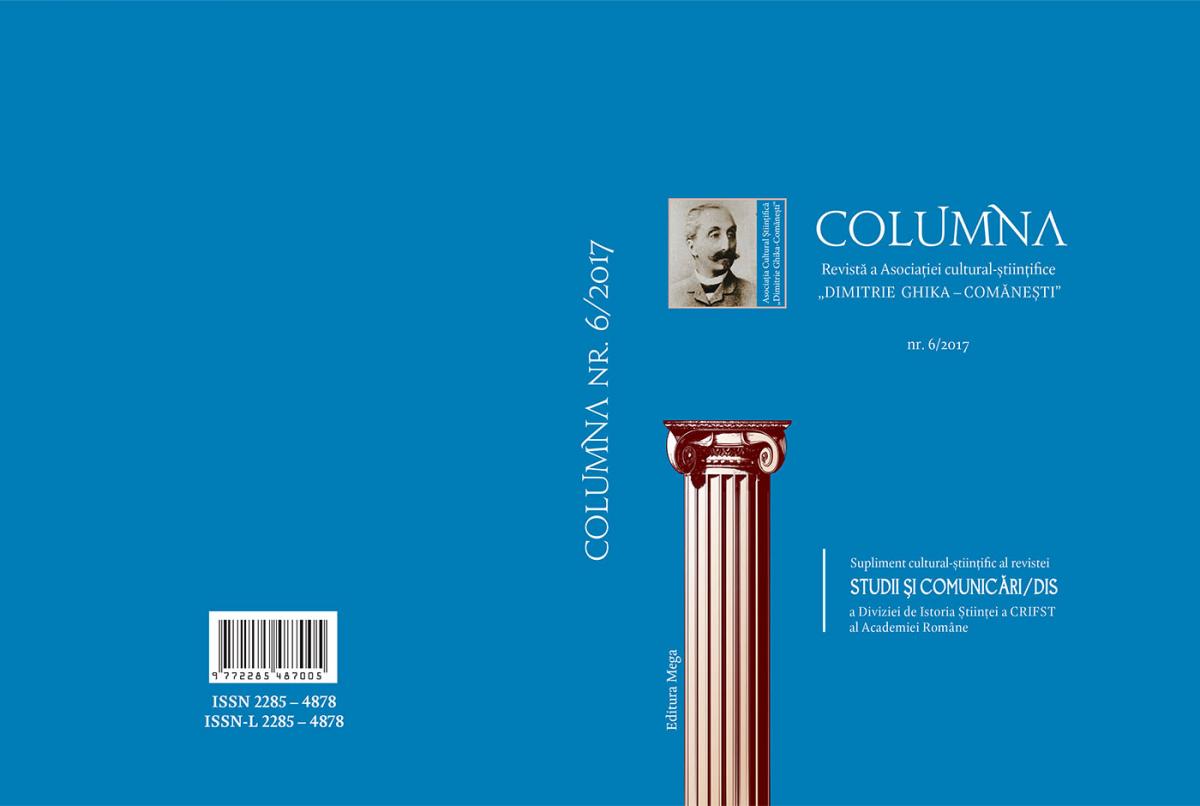Troiţele – altare la răscruci de drumuri
Shrines – altars at the crossroads of roads
Author(s): Ala Movileanu, Constantin PatrascuSubject(s): Cultural Anthropology / Ethnology
Published by: Asociația Cultural Științifică „Dimitrie Ghika-Comănești”
Keywords: altar; cross; monument; shrine; religion;
Summary/Abstract: The study „Shrines – altars at the crossroads” proposes highlights on cultural heritage built with magical features at the open-air museums in Romania. As with other sacred monuments, the location of the shrines in community is not by chance, they are located at the crossroads, in the center or edge of the village, near wells or springs of water for protection by evil spirits, spring crosses, fountains painted by artisans in vivid colors, with astral motifs and images of saints. Shrines appearing on roadside are places for prayer, commemoration and rest. Whether altar type (Şuici, Răşinari, Tilişca) iconostasis (Feteni – Valcea) or intertwining of three crosses (Dragomireşti), these shrines illustrate an existential vision specific by high artistry. Most often the cross is housed in semi-open or closed building or it is only a shingle roof that protects weathers, but also defines a sacred space. Stone or oak or fir, crosses and crucifixes are the work of cross craftsmen who in addition to woodworking and stone science used for their ornamentation, must prove a high moral. These monuments are the carriers of a charge which enshrines spiritual place in history.
Journal: COLUMNA
- Issue Year: 2017
- Issue No: 6
- Page Range: 59-65
- Page Count: 7
- Language: Romanian

